
The Black Sea is contaminated with plastic – but how can we reduce the damage?
Every hour, each of the rivers flowing into the Black Sea brings between 6 and 50 pieces of litter into the sea.
On average, some 85% of the litter found in the Black Sea is plastic. Of the most common types of litter that are brought into the Black Sea from rivers, around 20% are plastic bottles, while plastic bags and containers, two other key polluters, account for 10% and 9% respectively.
The Black Sea coastline is also heavily polluted with plastic; 14% of the waste that contaminates its beaches consists of plastic bottle caps, 6% wrappers, 5% bottles and 2% straws and stirrers. These findings result from marine litter monitoring carried out with support from the European Union as part of the “Improving Environmental Monitoring in the Black Sea” (EMBLAS) project, implemented by the United Nations Development Programme.
The litter found floating in the sea and on beaches were counted using two mobile apps developed by the European Union’s Joint Research Centre and the European Environment Agency.
 Plastic waste on Rioni River bank (April 2019)
Plastic waste on Rioni River bank (April 2019)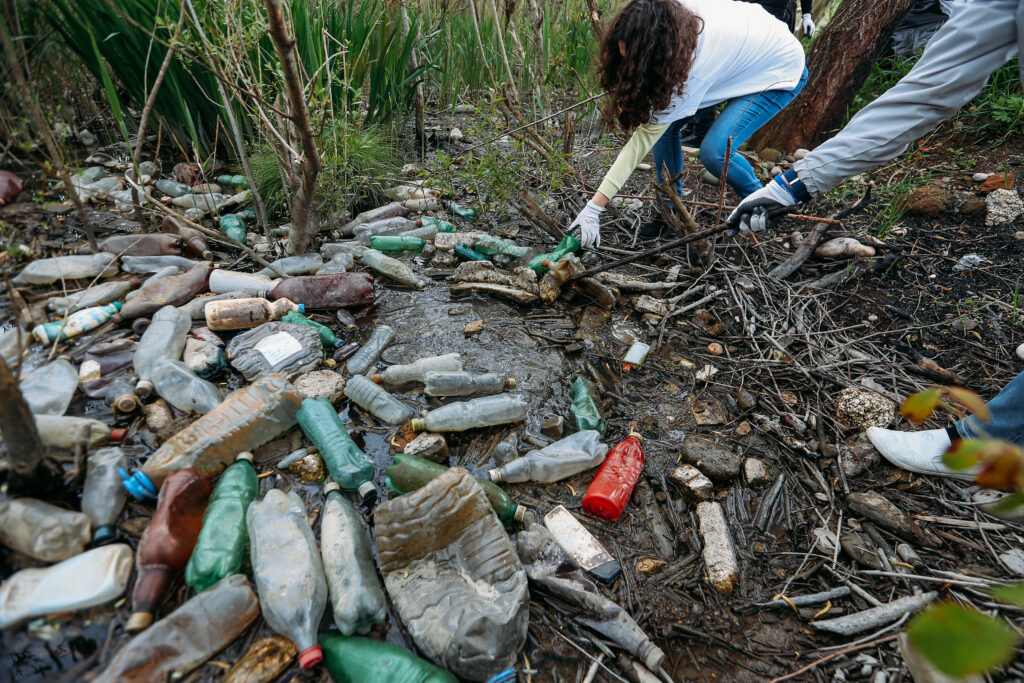 Plastic waste on Rioni River bank (April 2019)
Plastic waste on Rioni River bank (April 2019)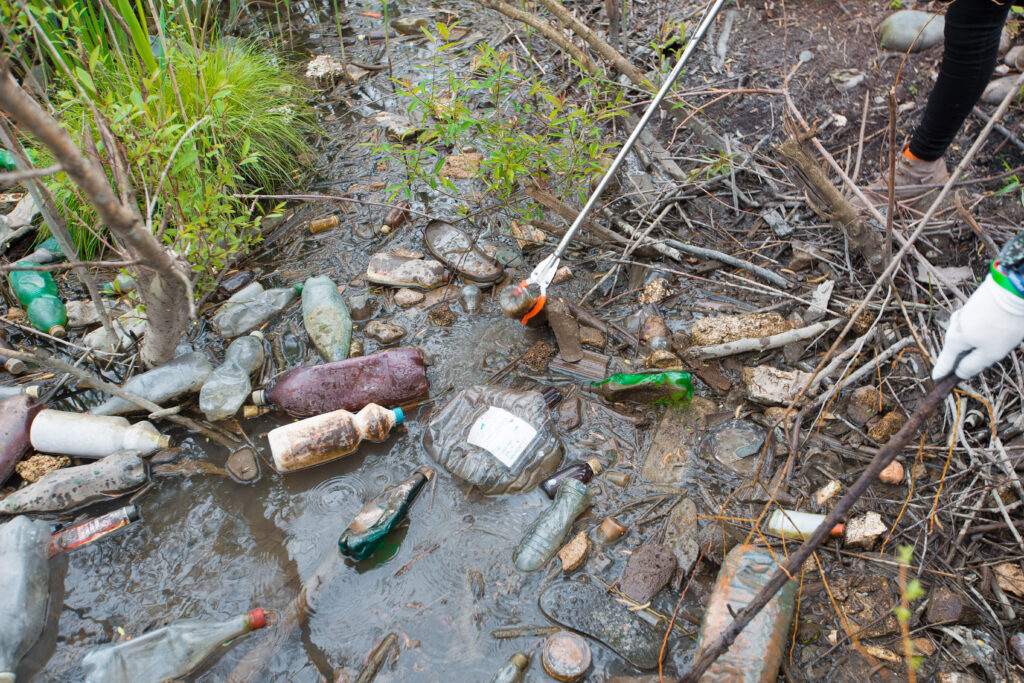 Plastic waste on Rioni River bank (April 2019)
Plastic waste on Rioni River bank (April 2019)
So why does this matter for us?
Litter that settles on the surface of the water is washed far away from the coastline by tides and forms large islands of waste in the heart of the sea. This litter tends to decompose into small particles and is often ingested by marine life; it then makes its way into our bodies through food and leads to various adverse health effects.
The research papers, developed within EMBLAS, suggest the following: “We should in the near future review our waste management behaviour. Plastic should be removed from the waste and recycled, otherwise we will need to invest hundreds of millions into first removing the ‘garbage islands’ in the middle of the Sea.”
Preventing plastic pollution also means saving marine life from extinction. This is well understood by policy-makers in the European Union. In March 2019, the European Parliament approved a new law banning single-use plastic items such as plates, cutlery, straws and cotton buds. Such products will be banned in the European Union by 2021. Also, a new recycling target (90% collection for plastic bottles by 2029) and more responsibility for producers were set. This new law will reduce the environmental damage bill by €22 billion – the estimated cost of plastic pollution in the European Union until 2030.
The litter flowing into the Black Sea, studied by EMBLAS, comes from four major rivers: the Danube (which flows through several European countries, including the Republic of Moldova and Ukraine in the Eastern Neighbourhood region), the Dniester (Moldova and Ukraine), the Don (Russia) and finally the Rioni, which flows through Georgia.
So how come so much plastic litter ends up in the Black Sea from the Rioni River, and what does it say about Georgia’s waste management policies? We set out to investigate just that and seek solutions.
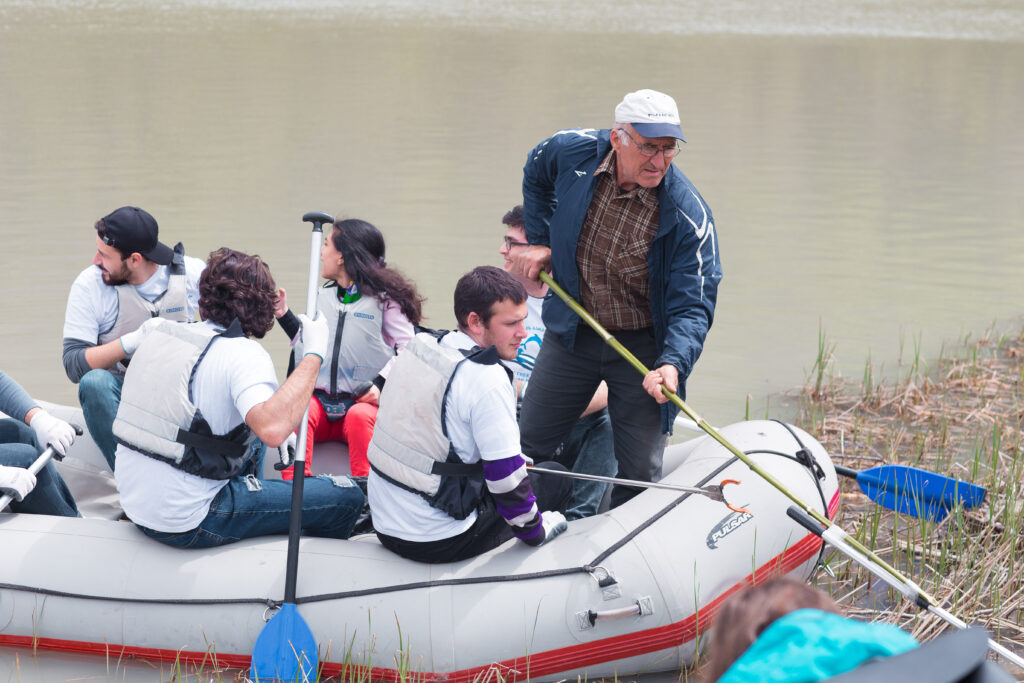 Activists gathered in Kutaisi on 22 April 2019 for waste clean-up action on Rioni River
Activists gathered in Kutaisi on 22 April 2019 for waste clean-up action on Rioni River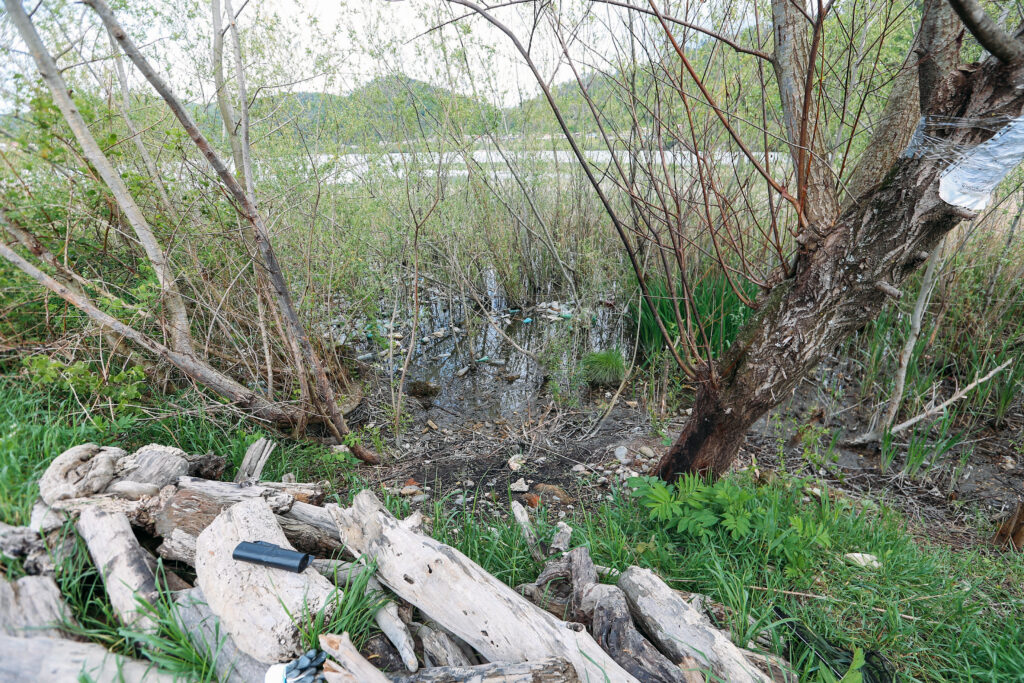 Pile of plastic waste on Rioni River bank. April, 2019, Kutaisi (Georgia)
Pile of plastic waste on Rioni River bank. April, 2019, Kutaisi (Georgia)
Cleaning up rivers and separating waste
“When the Rioni swells, it washes up all the litter around its banks and takes it to the sea. People tend to drop litter on the river banks, or even into the rivers. There are so many illegal dumpsites near river banks in Georgia,” says Ketevan Tskhakaia, the Waste Free Rivers for Clean Black Sea project coordinator.
The project she runs will be implemented throughout the period 2018-2020 using €1,008,497 in financial aid allocated by the EU under the Joint Operational Programme (JOP) Black Sea Basin 2014-2020. It involves three countries and facilitates cross-border cooperation between Georgia, Moldova and Romania for the introduction of modern waste management practices, in order to help enhance the quality of the environment and contribute to reducing river and marine litter in the Black Sea Basin countries.
“How can we reduce the contamination? By starting to separate the waste,” says Tskhakaia. “The most harmful is plastic waste, which takes a lot of time to degrade. If we manage to collect plastic waste, we will contribute tremendously to avoiding it ending up in the rivers and, eventually, in the sea.”
To achieve this, her organisation, Imereti Scientists’ Union SPECTRI, helps Kutaisi Municipality, the lead partner among the project’s cross-border participants, to take measures against litter through awareness raising and the introduction of EU best practices in waste management.
In fact, her organisation, in partnership with Kutaisi Municipality, started to tackle the issue of plastic several years ago. From 2013 to 2015, Kutaisi Municipality with Spectri ran the Innovative Waste Management Practices project, involving cities in Georgia, Moldova and Armenia, to which the EU under the JOP Black Sea Basin 2007-2013 allocated €363,291.
As a result, 100 locally made, transparent dumpsters were placed in Kutaisi and dedicated to separated plastic waste collection.
“We place transparent dumpsters on purpose: when people see what’s inside, they tend not to throw in other kinds of waste. The first results were unexpected: 80-90% of the waste collected was plastic,” says Tskhakaia.
She says the project turned out to be quite sustainable, as despite ending in 2015, its practices have since continued in Kutaisi.
The new project focusing on the reduction of river and marine contamination is a follow-up attempt to further spread these waste separation practices. The project plans to place new containers in the Black Sea coastal town of Poti and build a composting site in Kutaisi. In addition to plastic, Kutaisi will also begin sorting paper and glass waste separately.
Kutaisi Municipality has advanced in terms of implementing these practices, which are soon to be applied throughout the country. But how is Georgia dealing with waste management in general, apart from the aforementioned EU-funded initiatives?
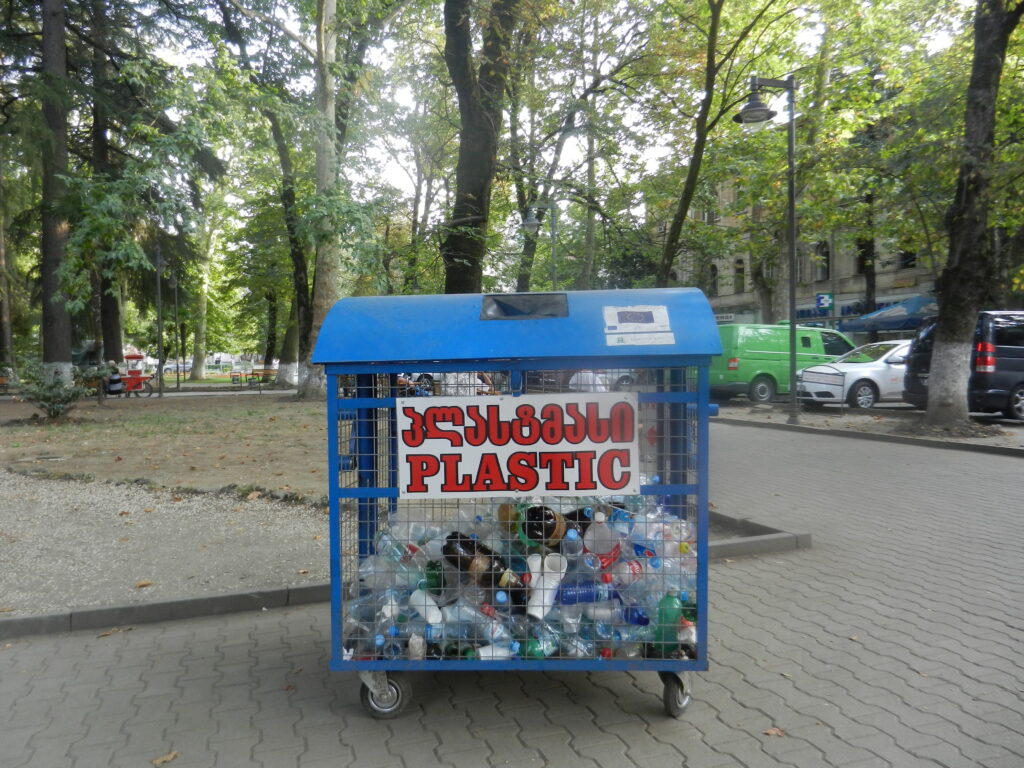 Containers for plastic waste collection provided to Kutaisi city within EU-support project
Containers for plastic waste collection provided to Kutaisi city within EU-support project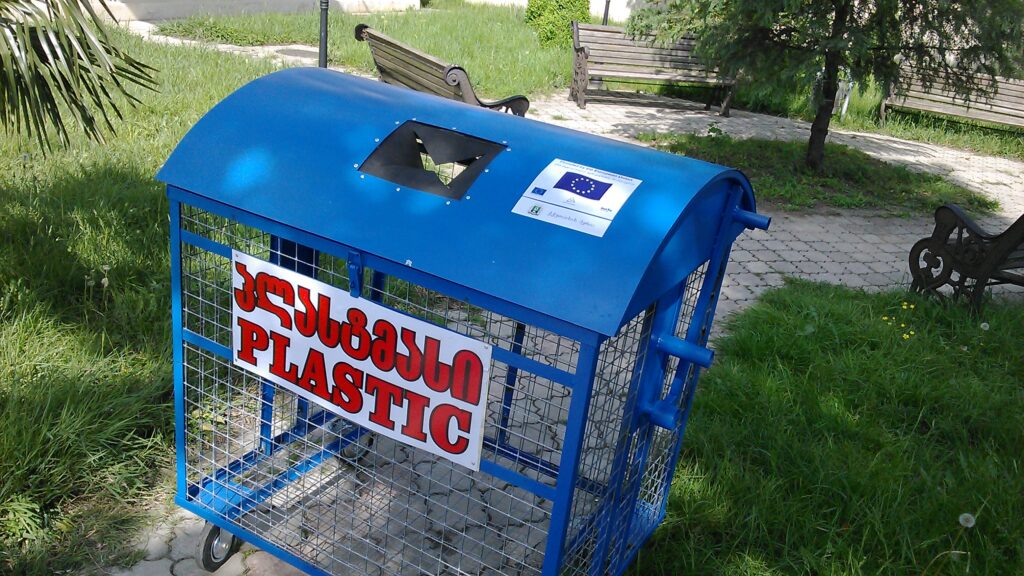 Containers for plastic waste collection provided to Kutaisi city within EU-support project
Containers for plastic waste collection provided to Kutaisi city within EU-support project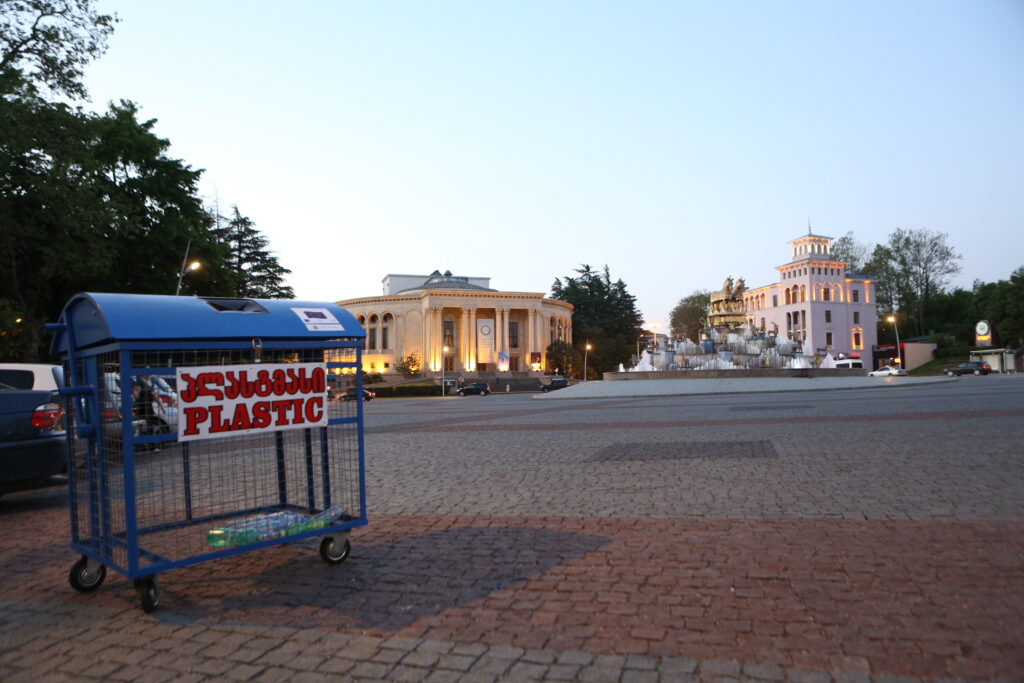 Kutaisi city, Georgia
Kutaisi city, Georgia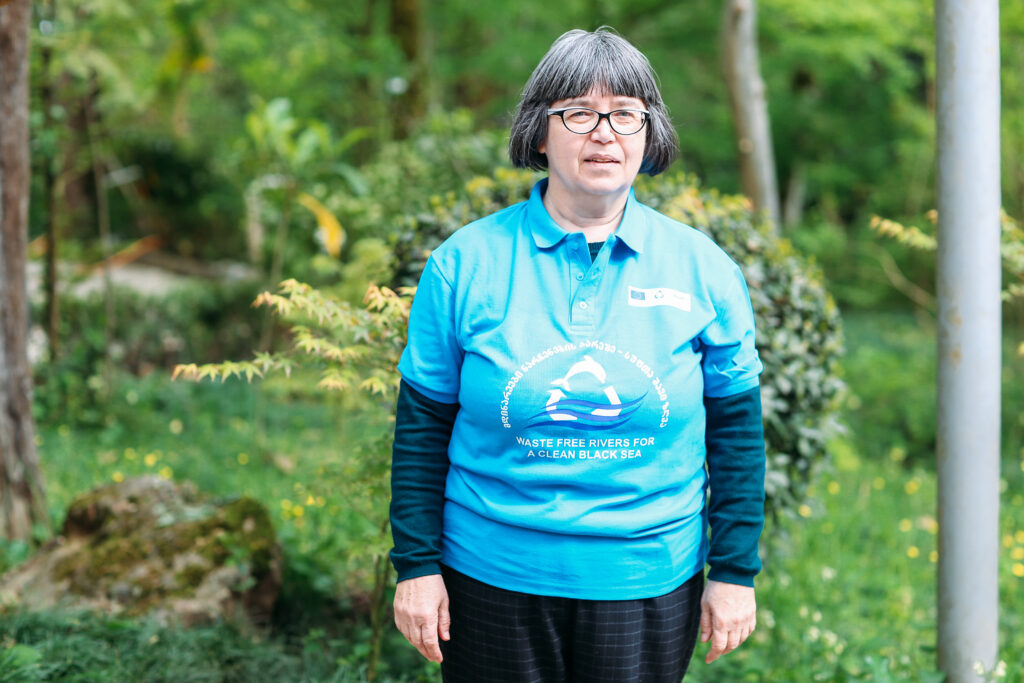 Ketevan Tskhakaia coordinates ‘Waste Free Rivers for Clean Black Sea’ project in Kutaisi (Georgia)
Ketevan Tskhakaia coordinates ‘Waste Free Rivers for Clean Black Sea’ project in Kutaisi (Georgia)
Waste management policies in Georgia
In 2016, the Georgian government adopted a National Waste Management Strategy for 2016-2030 and a National Action Plan for 2016-2020. It provides a target timeline for recycling certain materials. For example, it states that the country should be recycling 30% of plastic by 2020, 50% by 2025 and 80% by 2030.
According to the document, companies should be urged to take preventive measures against the production of waste by 2020. By 2025, there should be establishments for generating energy from waste materials that have not been reused or recycled. Under the requirements of the EU-Georgia Association Agreement, Georgian municipalities must start implementing separate collection of recyclable waste fractions from 2019. This obligation was enforced in February as the municipalities drew up waste management plans. However, implementation is a challenge.
Currently, waste management is primarily financed by the central government. The national strategy aims to make the waste management industry fully self-sufficient by 2030, by initiating a system in which the population and private sector will fully cover the expenses. It is planned that the system will be gradually introduced from 2020.
“The ‘polluter pays’ is one of the basic principles of pro-environmental policy. […] Waste management expenses, including collection, transportation and manufacturing costs must be covered by the polluters,” the document reads.
Under the EU’s “waste hierarchy” the priority is to prevent the creation of waste. Whatever is not recycled ends up on dumpsites, which according to best practices must be the last resort.
In Georgia, the waste management component is decentralised and municipalities are obliged to take care of the waste produced within their borders by themselves. However, currently, they are not sufficiently motivated to produce as little waste as possible, as there are no charges for placing the waste on dumpsites.
Around 900,000 tonnes of waste in produced annually in Georgia and more than 75% of it is estimated to end up in landfill sites. The numbers are dramatically different in contrast to European countries, such as Sweden, where only 1% of waste ends up in landfill.
However, Georgia is considering introducing a “gate fee”, which would charge municipalities according to the amount of waste they put on dumpsites.
“For example, in Kutaisi around 60,000 tonnes of waste is generated annually. If there is a gate fee, local authorities will be interested in minimising the amount of waste on dumpsites. The municipality will also be interested in looking at waste as a resource that can be monetised,” explains Tskhakaia.
 Rioni River, Kutaisi (Georgia)
Rioni River, Kutaisi (Georgia)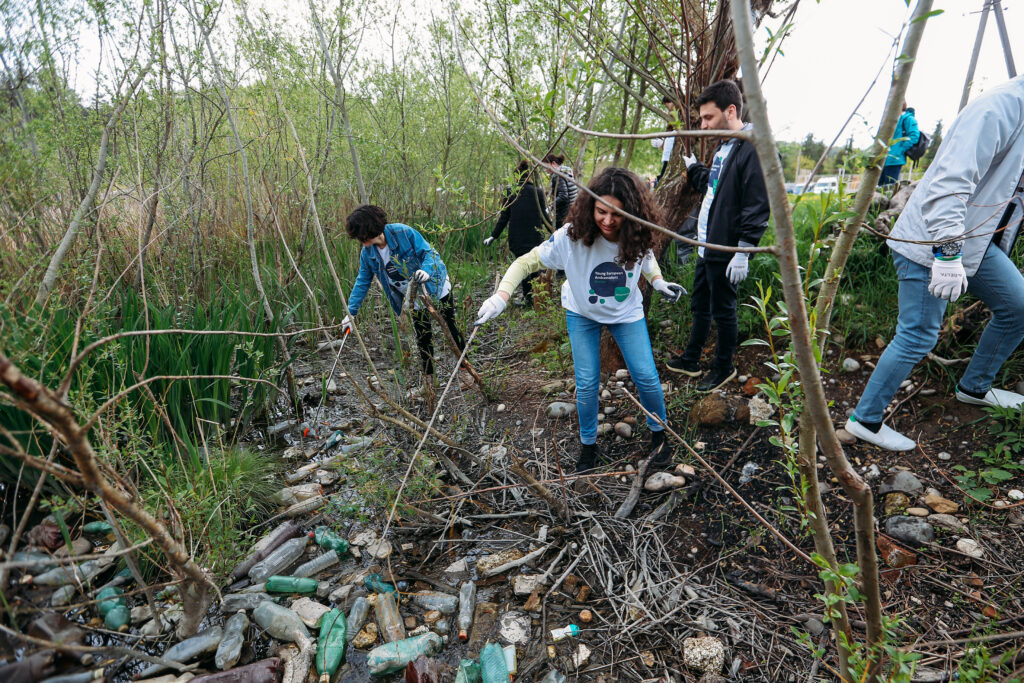 Activists gathered in Kutaisi on 22 April 2019 for waste clean-up action on Rioni River
Activists gathered in Kutaisi on 22 April 2019 for waste clean-up action on Rioni River
According to the Waste and Chemical Substances Management Department of Georgia’s Environment Ministry, there is a growing interest in the private sector to venture into the recycling business.
As yet there are no big investors in the market, but according to the department, up to 100 enterprises have already applied and obtained permission to recycle different kinds of waste materials.
Currently, the Georgian Parliament’s Environment Protection and Natural Resources Committee is holding meetings with different stakeholders in the waste management field as part of the committee’s inquiry into municipal waste management. As a result, the committee will prepare a report that will be presented at the plenary sitting to discuss how to handle the problems.
One of the key issues that the committee is discussing is the challenging tariff system. Certain municipalities have set out charges for the population, but ultimately, they do not cover the waste management costs. This is because the tariff policies across municipalities are not founded on any thorough calculations.
According to the Ministry of Environment Protection and Agriculture, the goal is to cover waste management costs through the “polluter pays” principle.
“The existing waste tariff policy does not correspond to the current situation. […] The waste management code states that the country should have an adequate municipal waste collection and disposal system. […] This system should be based on the ‘polluter pays’ principle,” says Alverd Chankseliani, the head of the Waste and Chemical Substances Management Department of the Environment Ministry.
He reiterates that there are numerous illegal dumpsites across the country, which is partially due to the fact that some regions do not have waste management services at all.
According to the department, the municipalities have been trained and they do have expertise on how to define tariffs, but they are still not motivated to do so, as waste management is subsidised from the central budget.
In order to achieve change, Chankseliani suggests that municipalities must be given a deadline to meet this requirement.
Plastic waste is a challenge that the government, municipalities, enterprises and citizens must – and can – tackle together. Each of us needs to engage to beat plastic pollution. This is a matter of choices that we make every day.
Remember: 43% of all marine litter polluting our oceans is made up of just 10 types of single-use plastic items. They include: food containers, take-away beverage cups and lids, cotton buds, cutlery (including plates, stirrers and straws), balloons and balloon sticks, packets and wrappers, beverage bottles, cigarette butts, sanitary products, and carrier bags. Our choices matter.
Author: Dato Parulava
Article published in Georgian by Liberali.ge
MOST READ
SEE ALSO
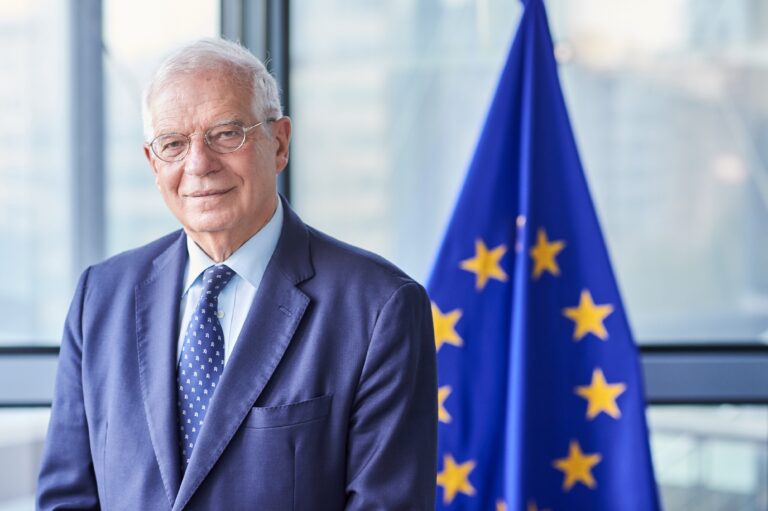
No, time is not on Russia‘s side
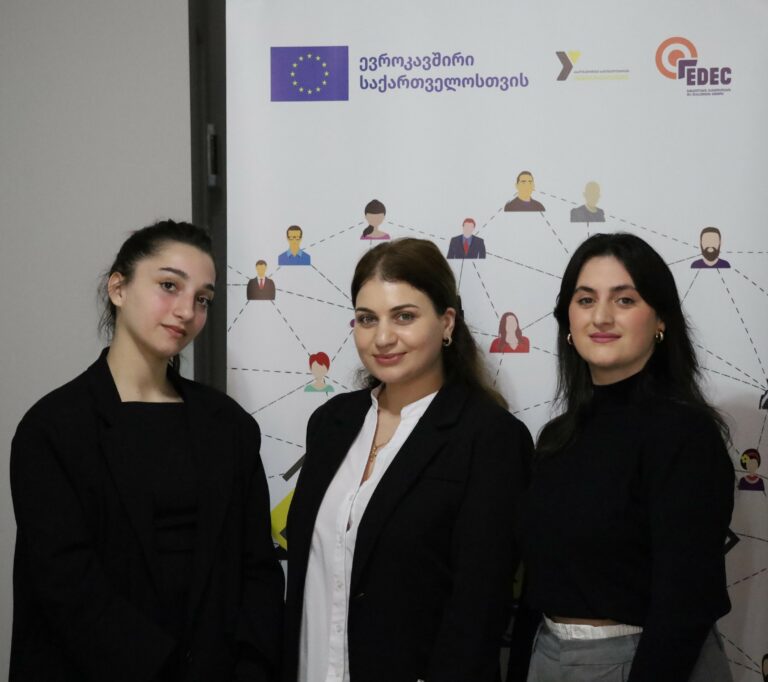
A hands-on approach to boost youth employment in Georgia
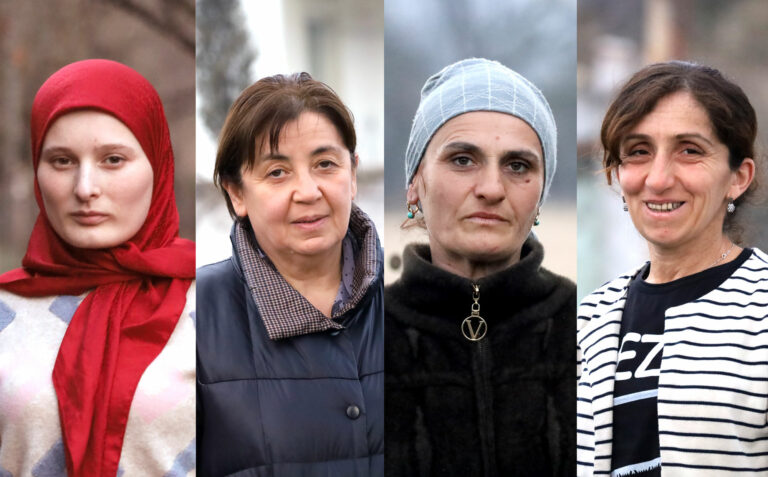
Taking health into their own hands: women’s empowerment in the remote villages of Georgia

A woman publisher in a male-dominated industry – the path to a big dream

Be one step ahead of a hacker: check simple cybersecurity tips!
More campaign pages:
Interested in the latest news and opportunities?
This website is managed by the EU-funded Regional Communication Programme for the Eastern Neighbourhood ('EU NEIGHBOURS east’), which complements and supports the communication of the Delegations of the European Union in the Eastern partner countries, and works under the guidance of the European Commission’s Directorate-General for Neighbourhood Policy and Enlargement Negotiations, and the European External Action Service. EU NEIGHBOURS east is implemented by a GOPA PACE-led consortium. It is part of the larger Neighbourhood Communication Programme (2020-2024) for the EU's Eastern and Southern Neighbourhood, which also includes 'EU NEIGHBOURS south’ project that runs the EU Neighbours portal.

The information on this site is subject to a Disclaimer and Protection of personal data. © European Union,







